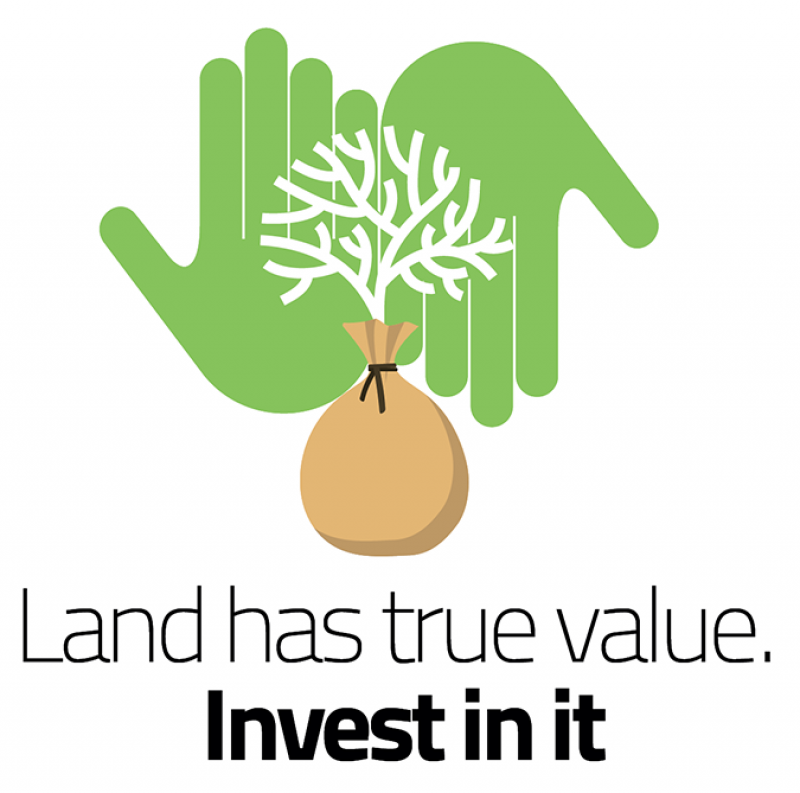June 17: World Day to Combat Desertification and Drought
The World Day to Combat Desertification and Drought (WDCDD) is observed every year on June 17 across to world to promote public awareness of international efforts to combat desertification. The day aims to remind everyone that land degradation neutrality is achievable through problem-solving, strong community involvement and co-operation at all levels. The 2018 Theme of WDCDD is “Land has true value – invest in it.” It urges to move away from unsustainable land use and make a difference by investing in the future of land. The global observance of WDCD2018 was hosted by Government of Ecuador.
Desertification
Desertification is degradation of land in arid, semi-arid and dry sub-humid areas. It is caused primarily by human activities and climatic variations. It does not refer to the expansion of existing deserts. It occurs because dryland ecosystems, which cover over one third of world‘s land area, are extremely vulnerable to overexploitation and inappropriate land use. Poverty, political instability, deforestation, overgrazing and bad irrigation practices can all undermine the productivity of the land.
Background
The United Nations General Assembly (UNGA) had designated June 17 as World Day to Combat Desertification and Drought in 1994 through resolution A/RES/49/115. It was observed for the first time in 1995. The date marks adaptation of United Nations Convention to Combat Desertification (UNCCD) by UNGA in 1994. The day is observed globally to promote public awareness on the issue, and implementation of UNCCD in those countries experiencing serious desertification or drought, particularly in Africa.
United Nations Convention to Combat Desertification (UNCCD)
UNCCD was adopted in June 17, 1994 and entered into force 1996. It is only legally binding international agreement to address problem of desertification and other land issues. It seeks to address desertification and land issues specifically arid, semi-arid and dry sub-humid areas, known as drylands.
The convention promotes good land stewardship and its end goal is to protect land from over-use and drought, so it can continue to provide food, water and energy. Its 195 parties work together to improve living conditions for people in drylands, to maintain and restore land and soil productivity, and to mitigate the effects of drought.
UNCCD is particularly committed to bottom-up approach, encouraging participation of local people in combating desertification and land degradation. Its secretariat facilitates cooperation between developed and developing countries, particularly around technology and knowledge transfer for sustainable land management.
UNCCD collaborates closely with other two Rio Conventions, Convention on Biological Diversity (CBD) and United UN Convention on Climate Change (UNFCCC) as dynamics of land, climate and biodiversity are intimately connected to meet these complex challenges with integrated approach.
Month: Current Affairs - June, 2018


